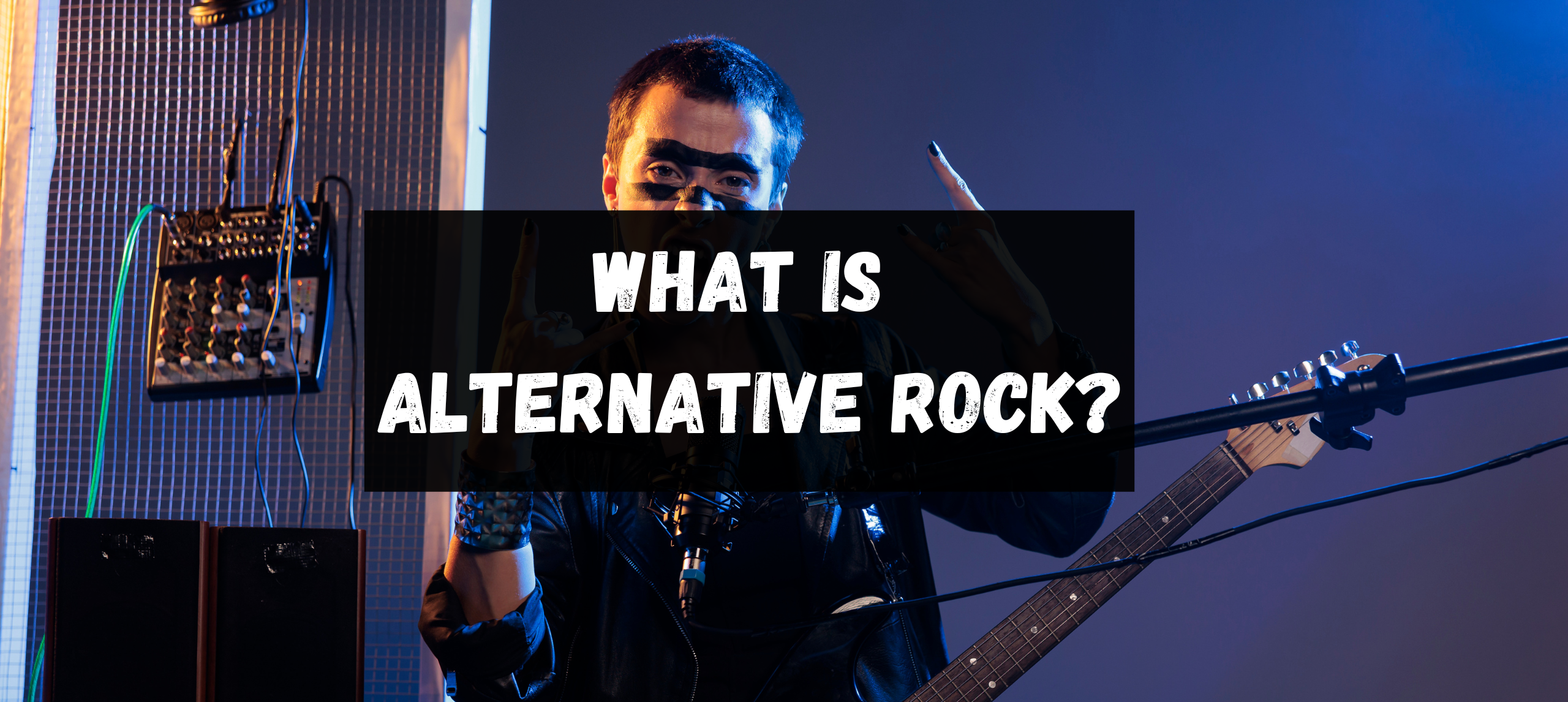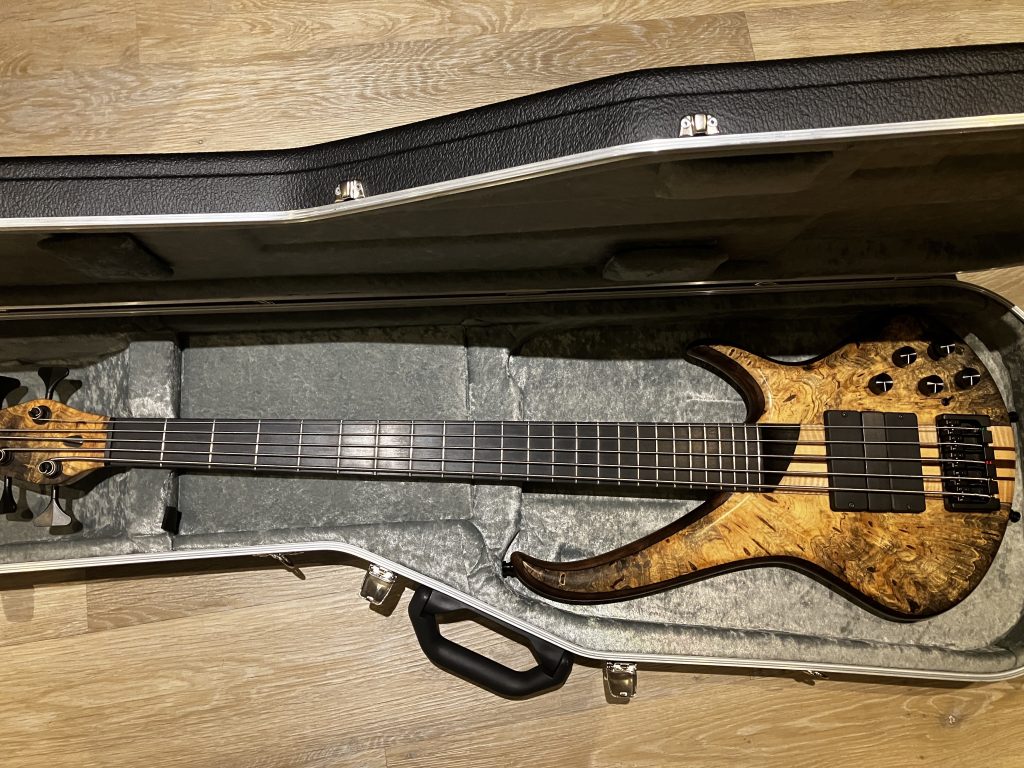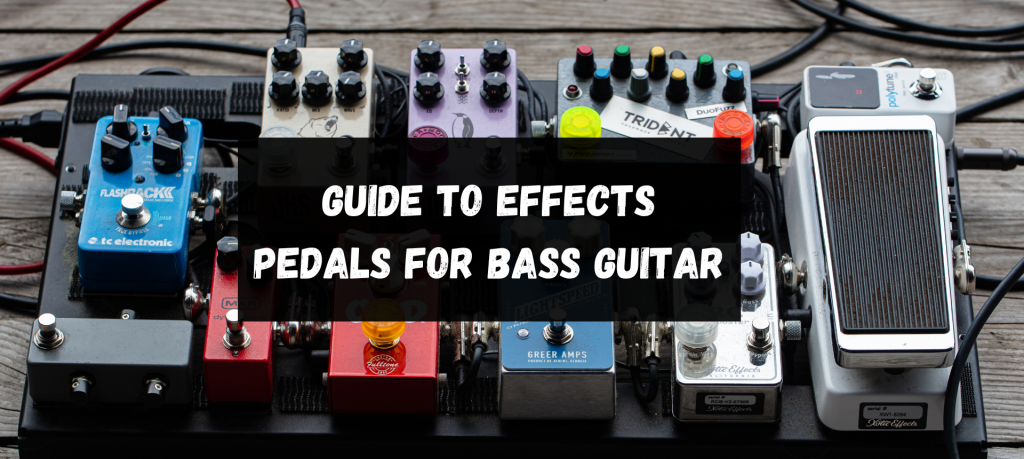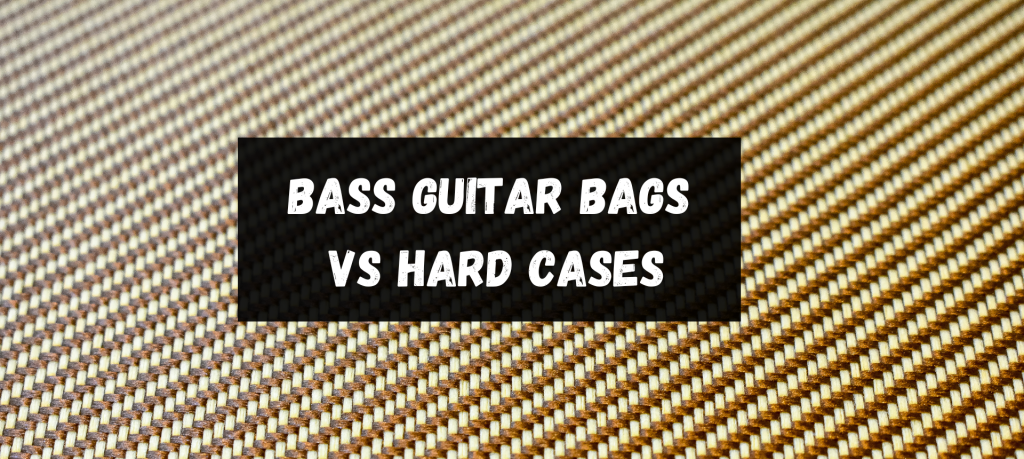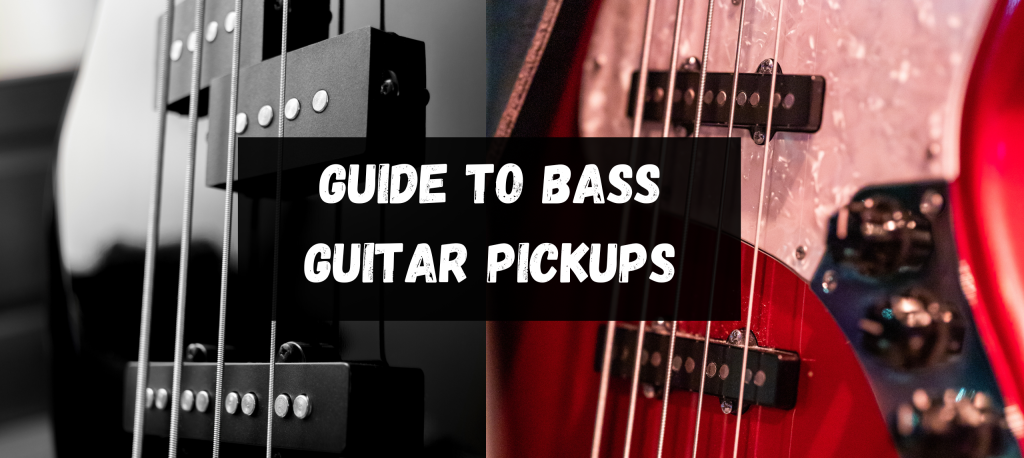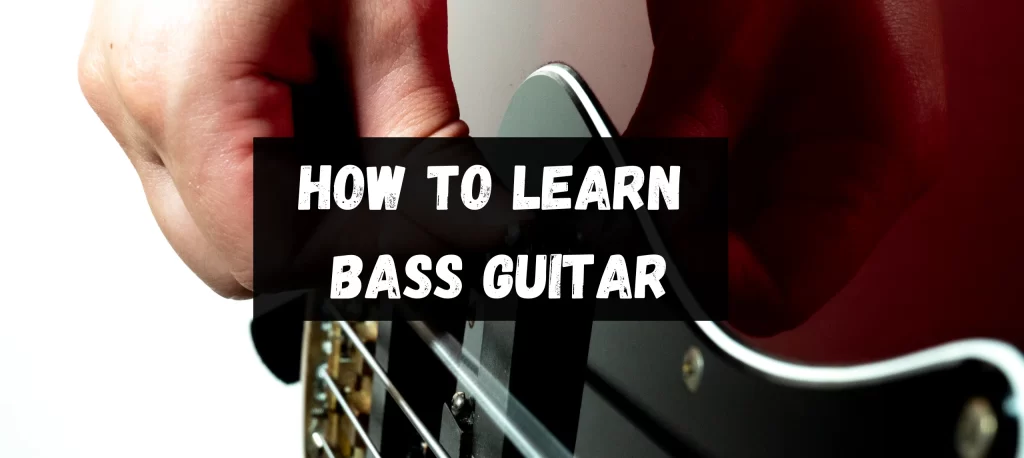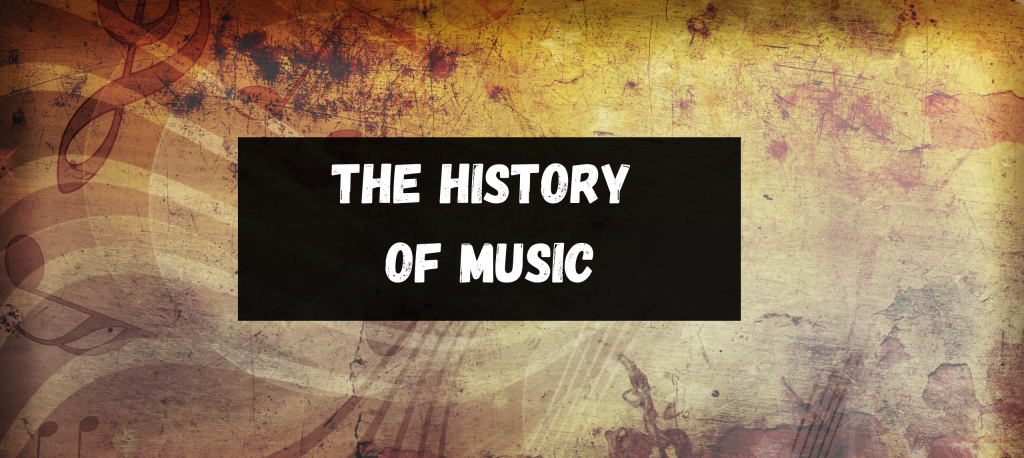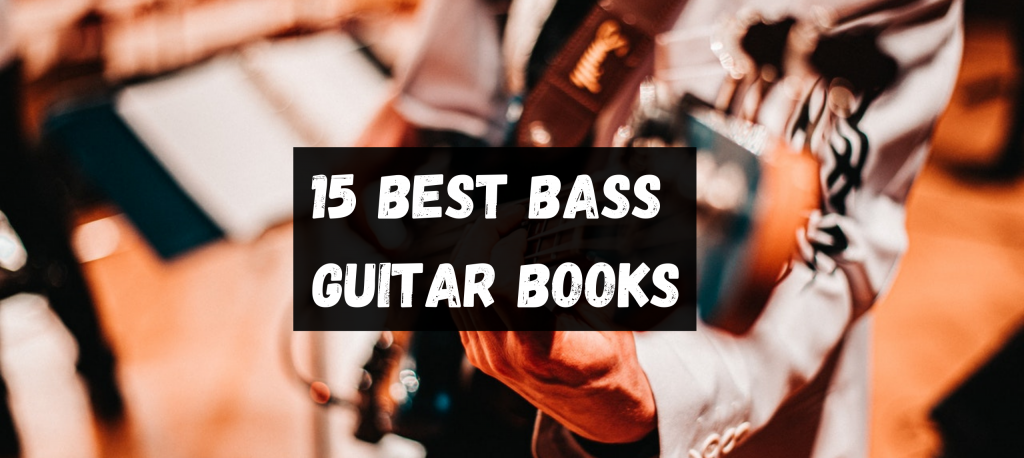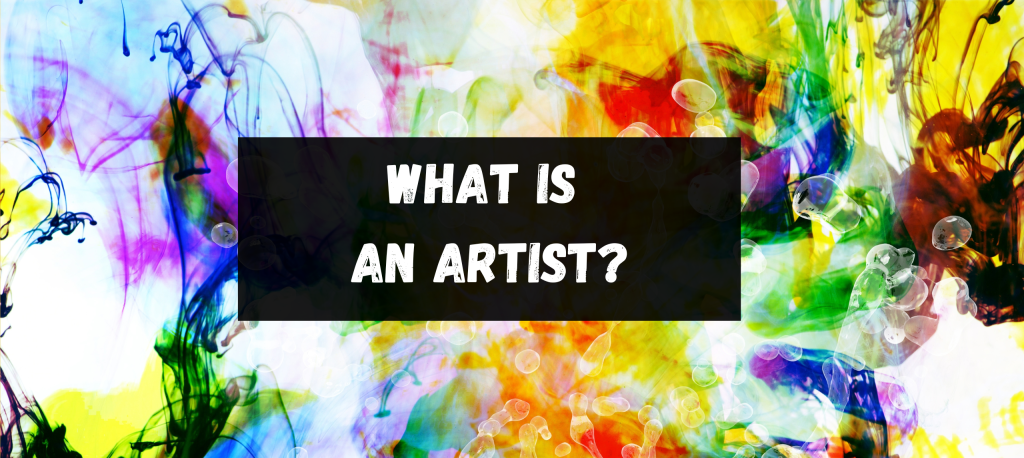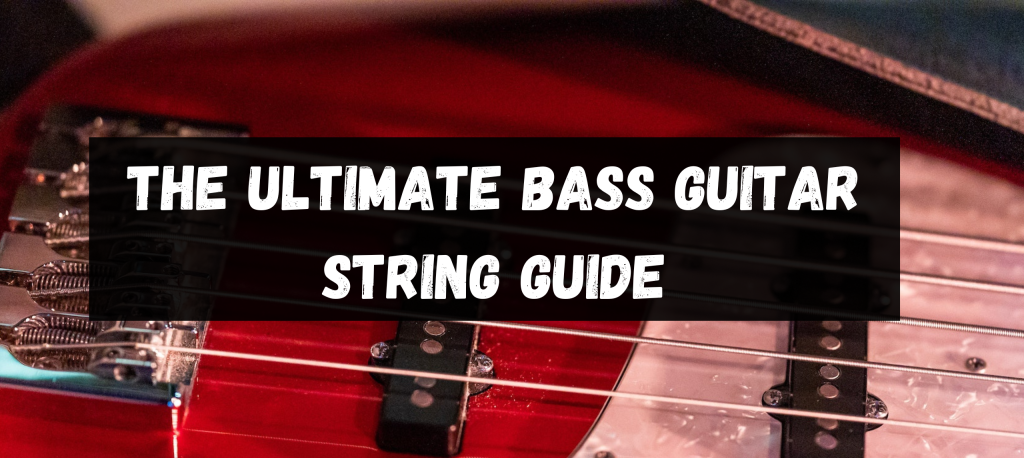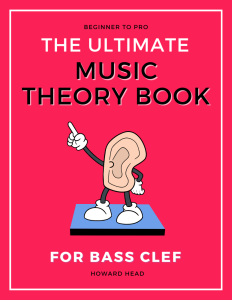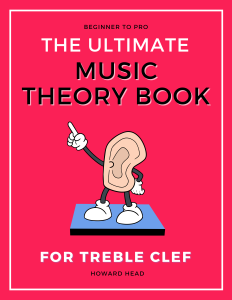August 24, 2023
Howard
Amid the bustling labyrinth of the global music industry, the term “alternative rock” has often been an enigmatic sanctuary for those who dare to traverse beyond the mainstream. Representing far more than just a genre, alternative rock encapsulates a movement, a rebellion, and a distinct sonic signature that has resonated deeply within the British musical landscape. As we define this eclectic genre, we invite you to journey through its rich tapestry – from its roots to its modern-day metamorphosis. Buckle up for a captivating exploration that lies ahead, packed with insights that might just redefine your understanding of ‘alt-rock’.
Alternative rock, often simply referred to as “alt-rock”, is a musical genre that emerged in the 1980s as a counter-response to mainstream rock. Characterised by its diversity, rebellion, and willingness to experiment, alternative rock has remained a favourite among those who seek something “different” from the chart-toppers. But what is alternative rock music, and how has it evolved?
Tracing the Roots: Historical Context
The Early Foundations of Alternative Rock
In its embryonic stage, alternative rock was a breath of fresh air, challenging the established norms of the rock genre.
- Post-Punk and New Wave: In the late 70s and early 80s, post-punk and new wave bands like Joy Division and The Cure laid the groundwork with their innovative soundscapes and poetic lyricism.
- Rebellion against the Mainstream: Alternative rock began as a defiant response to mainstream rock and pop’s overproduced and commercial nature during the 80s.
- The Indie Movement: Originating from “independent”, the British indie scene blossomed with labels like Factory Records, allowing bands to explore without commercial pressures.
Popularity and Rise of Alt-Rock in the Mainstream
By the 90s, alt-rock had found its footing, moving from underground clubs to stadium stages.
- The Grunge Invasion: Led by American bands like Nirvana and Pearl Jam, grunge dominated the early 90s, with its raw sound and anguished lyrics resonating globally.
- Britpop’s Ascendancy: The mid-90s witnessed a British response to Britpop. Bands like Oasis and Blur became household names, infusing the genre with a distinctly British identity.
- Festivals and Airwaves: The popularity of festivals like Glastonbury and the rise of radio stations such as Radio X championed the alt-rock sound, solidifying its place in the mainstream.
International Perspectives: Alt-Rock Beyond Borders
While Britain played a pivotal role, alt-rock’s influence was not confined to one island.
- American Diversity: The US produced diverse sub-genres, from shoegaze’s melancholy tones to alternative metal’s ferocity.
- European Echoes: Bands from nations like Iceland (think Björk and Sigur Rós) and Germany began contributing unique flavours to the alt-rock palette.
- The Global Stage: With the rise of the internet and music streaming, alt-rock bands from regions like Latin America, Asia, and Africa began to make their mark, demonstrating the genre’s universal appeal and adaptability.

Anatomy of Alternative Rock
Characteristics that Define the Sound
Alternative rock has always been about experimentation and pushing boundaries. This audacity manifests in several defining musical features.
Diverse Range of Vocals
- Expressive and Raw: Unlike mainstream rock, which often demands a particular polish, alt-rock vocals can range from hauntingly melancholic to raucously energetic.
- Unconventional Styles: Consider Morrissey’s melancholy warble, Björk’s ethereal voice, or Kurt Cobain’s guttural screams – alt-rock celebrates vocal diversity.
Breaking Traditional Song Structures
- Challenging Norms: Eschewing the usual verse-chorus-verse structure, many alt-rock songs play with progression, creating unpredictable melodies.
- Instrumental Exploration: Extended guitar solos, unusual time signatures, and avant-garde instrumental segments are not uncommon.
Freedom from Length Constraints
- Beyond the Radio-friendly: While mainstream hits are often confined to 3-4 minutes, alt-rock tracks can be sprawling epics or fleeting snippets, depending on the artist’s vision.
Deviating from the Mainstream: The Cultural Context
Delving beyond the sonic qualities, alternative rock also embodies cultural defiance.
Counter-Culture Roots
Stemming from the underground scenes of the 80s, alt-rock was a direct retort to the commercialisation of music and mainstream culture.
A Vehicle for Social Commentary
Through its lyrics and ethos, alt-rock has frequently been a platform for addressing societal issues, from politics to personal struggles.
Dress Code and Aesthetics
Alt-rock brought a distinct style, often characterised by a blend of grunge attire, punk aesthetics, and a general disregard towards fashion norms.
The Indie Ethos
Alt-rock’s spirit thrives on independence, often prioritising artistic integrity over commercial success, leading many bands to collaborate with independent record labels and produce DIY albums.
Iconic Alternative Bands & Their Impact
Pioneers of the Genre
These bands defined the sound of alternative rock and became synonymous with its spirit.
Nirvana
- Cultural Shift: Kurt Cobain and company heralded the grunge era, bringing a raw, vibrant sound that captured an entire generation’s angst.
- Legacy: With tracks like “Smells Like Teen Spirit”, Nirvana reshaped the music industry and laid the groundwork for countless bands that followed.
Red Hot Chili Peppers
- Funky Fusion: By blending funk, rock, and elements of punk, RHCP created a distinctive sound that resonated on both sides of the Atlantic.
- Endurance: With a career spanning four decades, they’ve showcased the adaptability and longevity of the alt-rock genre.
Foo Fighters
- Post-Grunge Power: Dave Grohl’s venture after Nirvana’s tragic end resulted in anthemic tracks and rock-solid albums, fortifying the genre’s status in the mainstream.
- Stadium Giants: With their energetic live performances, Foo Fighters have ensured that alt-rock’s voice echoes in arenas worldwide.
Bands and Artists Shaping the New Age
While the pioneers set the stage, these artists and bands have taken the alternative baton and sprinted with it into the new millennium.
The Strokes
- Garage Rock Revival: With their gritty sound and indie aesthetic, The Strokes revitalised rock music in the early 2000s, offering a fresh counterpoint to pop’s dominance.
- Influence: Their style and approach inspired many bands, cementing NYC’s status as an alt-rock hub.
Billie Eilish
- Genre-blending Genius: Eilish’s sound, while infused with alt-rock spirit, defies categorisation, blending elements of pop, electronic, and even industrial.
- Youthful Resonance: With her introspective lyrics and innovative soundscapes, she’s connected with a younger audience, demonstrating alt-rock’s evolving relevance.
Avril Lavigne
- Pop-Punk Princess: Lavigne’s arrival in the early 2000s brought a pop-punk flair to the alt-rock scene with catchy hooks and rebellious anthems.
- Cultural Impact: Beyond her music, Lavigne’s skater-chic style influenced a generation’s fashion choices.
Notable Mentions
While space constrains us, the world of alternative rock is teeming with talent that’s left an indelible mark.
The White Stripes
Minimalist Magic: Jack and Meg White’s stripped-down approach, focusing on guitar and drums, showcased how less can be more in creating compelling music.
Siouxsie and the Banshees
Post-Punk Pioneers: Their ethereal and sometimes eerie sound played a massive role in shaping the goth and post-punk subgenres of alternative rock.
And many more…
The beauty of alt-rock lies in its vastness. From garage bands to global superstars, countless artists have woven their unique threads into the intricate tapestry of alternative rock.
Expanding Horizons: Sub-genres within Alternative Music
Alternative music, in its essence, thrives on evolution, experimentation, and the ability to merge seamlessly with other genres. This has given birth to myriad sub-genres, each with distinctive flavour and cultural milieu.
Crossing Boundaries: When Alt Meets Other Genres
The alternative doesn’t exist in isolation; it often melds with other genres to create something fresh, innovative, and, occasionally, downright revolutionary.
Folktronica
- Hybrid Sounds: A fusion of traditional folk music and electronic beats, folktronica offers a harmonious blend of acoustic instrumentation and digital soundscapes.
- Artists to Explore: British acts like Four Tet and Beth Orton have significantly contributed to this genre’s popularity.
Vaporwave
- Digital Nostalgia: Born in the internet age, vaporwave is an electronic sub-genre that repurposes the mood and aesthetics of the 80s and 90s pop culture, producing often ethereal and surreal tracks.
- Cultural Impact: Its unique visuals, from pastel-coloured graphics to old-school computer imagery, have made it a cult phenomenon online.
Lo-fi Hip Hop
- Relaxing Beats: Defined by its chill, downtempo beats, lo-fi hip hop merges the rhythmic elements of hip hop with mellow, often ambient soundscapes.
- Modern Resonance: The genre has a vast audience among students and young professionals, often serving as background music for relaxation and study.
Unique Sub-genres in Alternative Music
While some sub-genres blur boundaries, others are so unique that they command their niche within the alternative universe.
Black Metal
- Sonic Intensity: Rooted in heavy metal, black metal is distinguished by its high-pitched guitar riffs, blast-beat drumming, and, often, grim lyrical themes.
- Cultural Notes: Its origins trace back to Europe, especially Scandinavia, where it became infamous for its association with church burnings and raw, low-fidelity recordings.
Glitch Hop
- Digital Manipulation: A derivative of hip hop, glitch hop reveals digital anomalies. Expect chopped-up beats, skips, and electronic “glitches” that form the rhythm.
- Experimental Ethos: Artists like edIT and Opiuo have pushed the boundaries of what can be done with digital sound manipulation in this genre.
Cute Metal
- Heavy Meets Kawaii: An exciting fusion of heavy metal’s sonic power with catchy, often adorable themes and visuals—imagine headbanging to a song about kittens or rainbows!
- Global Appeal: While its roots can be traced to Japanese music culture, cute metal, with bands like BABYMETAL at the helm, has found a global audience.
Legends of Alternative Rock: Key Musicians & Their Legacies
Diving deep into the annals of alternative rock, certain names shine brighter, not just for their musical prowess but also for their indomitable spirit and influence on subsequent generations. These legends have transcended mere stardom to become the very embodiments of the alternative ethos.
Celebrating the Geniuses of Alt-Rock
Morrissey (The Smiths)
- Voice of a Generation: As the lyricist and frontman of The Smiths, Morrissey’s expressive baritone and incisive lyrics captured British youth’s existential angst and yearnings in the 80s.
- Enduring Influence: Even after The Smiths’ split, Morrissey’s solo career and his steadfast commitment to his beliefs—from animal rights to questioning the status quo—have secured his place as one of alternative rock’s most enigmatic figures.
Thom Yorke (Radiohead)
- Sonic Innovator: Leading one of the most acclaimed bands in the world, Yorke’s ethereal vocals, coupled with Radiohead’s ever-evolving sound, have cemented their reputation as the avant-garde of alt-rock.
- Continual Evolution: From the rock-centred ‘The Bends’ to the electronica-infused ‘Kid A’, Yorke’s musical journey is a testament to his ability to reinvent and remain relevant.
Lorde
- Pop Meets Alt: The Kiwi sensation burst onto the scene with ‘Pure Heroine’, a mature, minimalist take on pop that was both chart-friendly and critically lauded.
- Modern Muse: With her introspective lyrics and unique production choices, Lorde’s influence is evident in many young artists who tread the line between mainstream and alternative.
And more…
The pantheon of alternative rock legends is vast and varied. Each artist brings a unique sound, perspective, and ethos to the table, contributing to the rich tapestry of a genre that thrives on individuality and experimentation.

Spotlight Features: Dive Deeper with Examples
The vast and varied realm of alternative rock is peppered with songs that define their eras and push boundaries, challenge conventions, and remain timeless in their appeal. To truly grasp the essence and evolution of alt-rock, one must delve into these iconic tracks and understand their impact.
A Handpicked Selection of Alt-Rock Classics
“Jesus Christ” – Brand New
- Emotional Resonance: This track, from the band’s third album, offers a poignant introspection into faith, doubt, and self-worth, all wrapped in Jesse Lacey’s haunting vocals.
- Enduring Appeal: The song’s introspective lyrics and atmospheric sound have made it stand out in the emo and alt-rock genres.
“Mr Brightside” – The Killers
- Synth-Driven Rock: Marrying new wave influences with a modern rock sound, this track became an instant classic and remains one of the UK’s most beloved anthems.
- Cultural Footprint: Its infectious chorus and relatable narrative have made it a staple in club nights and festival sing-alongs.
Trendsetting Tracks in Modern Alternative
“Los Ageless” – St. Vincent
- Art Rock Excellence: A stellar example of St. Vincent’s innovative approach, this track melds gritty guitar riffs with sleek production, showcasing her ability to reinvent rock.
- Lyricism: Delving into themes of timelessness and superficiality, the song is as much a critique of LA culture as it is a testament to her artistry.
“Diane Young” – Vampire Weekend
- Energetic Evolution: A departure from their earlier sound, this track captures Vampire Weekend’s embrace of edgier rock elements while retaining their signature wit and melody.
- Societal Observations: With lyrics touching upon mortality and recklessness, it’s a vibrant reflection of youth in the modern age.
Plus more gems…
The alternative rock landscape is studded with countless jewels, each song offering a unique perspective, sound, and emotion. Delving into these tracks provides a rich understanding of the genre’s depth and diversity.
The Legacy & Future of Alternative Music
The ebb and flow of alternative music, with its vast landscapes of sound and emotion, continue to shape the auditory tastes of generations. As we stand at a pivotal juncture, looking back at its legacy while eagerly anticipating its future, one can’t help but marvel at the genre’s transformative journey and prospects.
Assessing the Current State of the Genre
Diverse Ecosystem:
The present alternative scene is a melange of various sub-genres, from indie rock to folktronica. This variety is a testament to its adaptability and the constant innovation of artists.
Mainstream Integration:
Alt-rock’s edges have increasingly blurred with pop and other mainstream genres. Acts like Billie Eilish exemplify this trend, bringing alternative sensibilities to the broader audience.
Digital Revolution:
Streaming platforms and social media have democratised music distribution, allowing indie and alternative artists to carve their niches without relying heavily on traditional record labels.
Predictions and Directions: What Lies Ahead for Alt-Rock
Genre Fusion:
As artists continue to push boundaries, expect even more eclectic fusions. Think alt-rock meets Afrobeat or Asian pop influences melding with glitch-hop.
Sustainability & Activism:
With global issues taking centre stage, anticipate a rise in eco-conscious festivals, sustainable vinyl productions, and lyricism that’s more politically charged and reflective of societal challenges.
Technological Integration:
From AI-composed tracks to virtual reality concerts, technology will play a pivotal role in shaping the future of alternative music. This could also lead to a resurgence in appreciation for authentic, “unplugged” music as a counter-movement.
The Evergreen Nature of Alt-Rock:
Regardless of trends and shifts, the heart of alternative music—its spirit of rebellion, innovation, and raw emotion—will endure. Its adaptability ensures that while it may evolve, it’ll never fade away.
Concluding Remarks: Celebrating the Diversity of Alternative Rock
The exhilarating journey through the landscape of alternative rock has revealed a genre as multifaceted as it is influential. From the grungy undertones of Nirvana’s anthems to the introspective melodies of modern indie artists, alternative rock has repeatedly proven that it’s not just a musical style but a way of expression, a movement, and an ethos.
The beauty of alternative rock lies in its refusal to stagnate. Every era brings forth new sub-genres, innovative sounds, and artists willing to challenge the status quo.
While it may have its roots in the Western world, alt-rock’s impact is undeniably global. The genre’s spirit resonates universally from Tokyo’s underground rock venues to Johannesburg’s indie music festivals.
What sets alternative music apart is its embrace of the ‘other’, the outliers, the stories and sounds often overlooked by mainstream pop culture. It’s a genre that champions diversity, experimentation, and authenticity.
Alternative rock is more than just a collection of chords and lyrics; it’s a testament to the human spirit’s desire to question, challenge, and redefine. A legacy of authenticity, and rebellion.
Wondered, what is rock music? What is Grunge music? What is Shoegaze music? What is Post-Rock music?
Fancy more?

Howard Head
I turn confused bass enthusiasts into bass gods through a simple and logical process.

